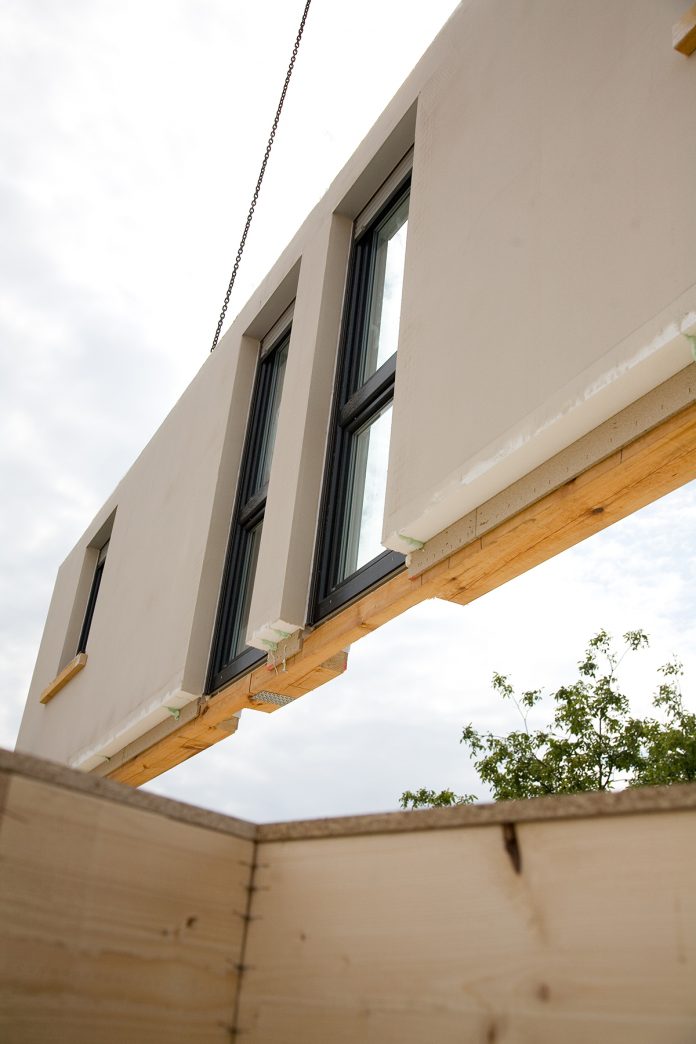Value engineering should be used at all of the modular manufacturing and construction stages to ensure a robust and cost-effective design
Value engineering (VE) or value analysis in construction involves considering the availability of materials, construction methods and skills, testing and compliance, transportation, site limitations or restrictions, planning and organisation, costs, profits, and so on. Benefits that can be delivered include a reduction in lifecycle costs, improvement in quality, reduction of environmental impacts and faster routes to market.
VE is a management technique that seeks the best functional balance between cost, reliability and performance of a product, project, process or service, and should be implemented at the project’s inception where the benefits can be greatest. VE is an organised approach to the identification and elimination of unnecessary costs. A limit is usually placed on time and budget, and hence there is a high probability that most designs will contain some costs that are difficult to reduce or eliminate without in-depth examination.
Within modular construction, there is a higher probability of both over- or under-designing a building due to particular problems specific to this sector. This includes the demands of transporting the module or system, which may require additional materials to ensure the module does not deteriorate during distribution, and the variation in materials used in the manufacturing process, which may have unknown characteristics or characteristics that may change when used in composite construction.
The structural frame of a modular or panel system can be designed by Eurocodes, eg Eurocode 3 for light gauge steel frame and Eurocode 5 for timber. Invariably, design to Eurocodes will be conservative and lead to more costly material selections and gauges. However, Eurocodes also facilitate design by testing, which generally leads to a more cost-effective build with savings in the production easily offsetting test costs.
For Modern Methods of Construction (MMC), VE can be used at the following stages:
Direct testing of performance
There are a number of stages in the modular construction process at which testing may be used to enhance the value of the project. Testing can be conducted in the laboratory to assess the performance of each component and the contribution they make to the full system. On-site testing of the full-scale system can be carried out in-situ to enable an assessment of the actual performance compared to the intended performance.
Materials selection and traceability
VE is important when selecting materials with database information; knowledge of material performance and characteristics being key factors in cost and function.
Durability assessments
Durability of the system must be designed to have a 60-year mortgageable term. It is again imperative to ensure the correct materials are used and to assess the compatibility of the system components.
Transportability studies
Transportability is probably one of the main areas that VE can play a part. A compromise is needed between the system being overdesigned for handling and transportation purposes and its 60-year design life where it will remain static.
Construction
Similar to the transport stage, the construction phase is a very short period of time in the building’s life in comparison to its 60-year stationary life. During this stage, the building is only required to be adequately rigid for the installation process.
In all, VE should be a process used at all stages of modular building production and handover to ensure a robust and economic design.
Information about Lucideon and its testing and consultancy services for offsite and modular buildings can be found using the website and/or contact details below.
Joanne Booth
Business manager – construction
Tel: +44 (0)1782 764410
*Please note: this is a commercial profile.

















